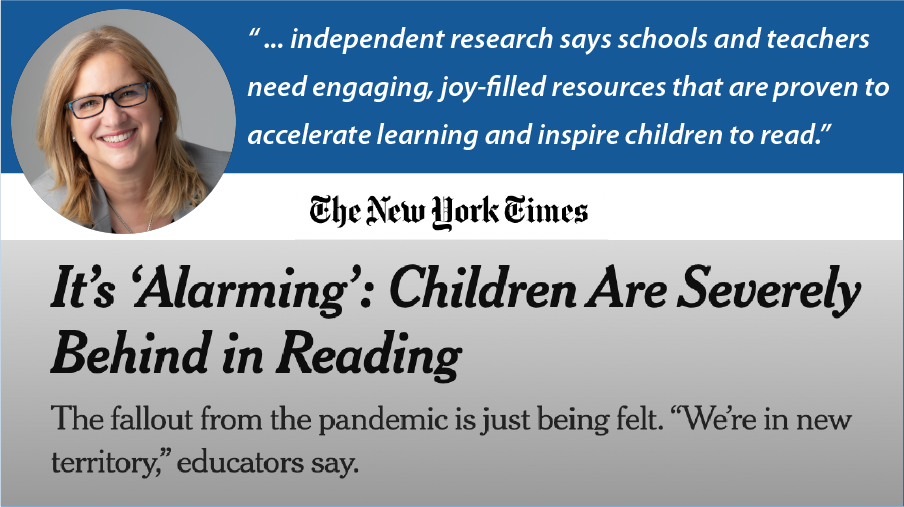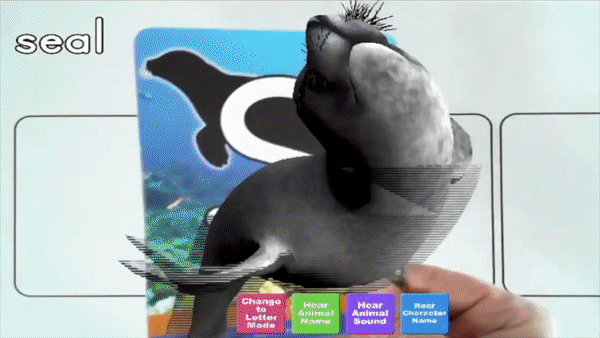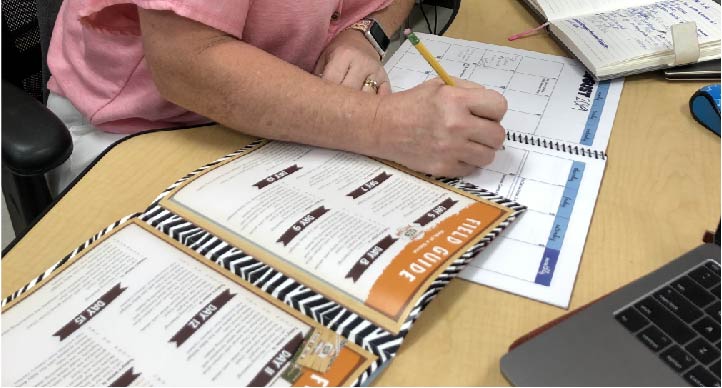“… I encourage you to explore the various ways you can activate your students’ reward centers in their brains and flood them with dopamine.” ~ Chris Dunkel

Chris Dunkel
Chris is an educator of 17 years who was recognized as Teacher of the Year for his school and district, the regional NBC affiliate’s Teacher of the Week, and highlighted by actor and former ESPN personality Roy Firestone as a Teacher Making a Difference.
I LOVE brain science! I have always been intrigued by the way things work, especially things pertaining to memory and our brains. Unfortunately, in the past you couldn’t just cut open a skull and start poking around without killing your subject, so brain science was an after-death pursuit.  With the advances in computing and brain imaging technology like MRI and PET machines, now scientists can study a live brain, its growth, and which parts are working when we do different tasks. It’s amazing to think that we’ve learned more about the brain in the past 20 years than in the entire history of humankind!
With the advances in computing and brain imaging technology like MRI and PET machines, now scientists can study a live brain, its growth, and which parts are working when we do different tasks. It’s amazing to think that we’ve learned more about the brain in the past 20 years than in the entire history of humankind!
As a teacher, understanding the way our students’ brains work can go a long way in helping us teach them, as well as help us keep our own sanity. I taught for 17 years, many of those years teaching junior high students with their pubescent, hormone-filled brains. When one of my freshmen would do something that made me wonder, “Does he even have a brain at all?” I knew that in fact he did, but it just wasn’t fully developed yet. His prefrontal cortex, the part of the brain that helps with decision-making and considering consequences, wouldn’t finish developing for many more years, so him acting impulsively was natural. By understanding how the brain works, it increased my patience and led to more “bless their hearts” moments than me simply wanting to wring their necks.
As importantly, understanding brain science helped me to teach my students more effectively. I learned the value of using multiple modalities (seeing, hearing, touching, doing, etc.) to help my students build varying pathways to their newfound knowledge. Teaching content in shorter segments with multiple transitions between them allowed my students’ brains to focus more intensely for short periods of time, something they would have struggled with if having to sit through a longer lecture. Adding physical movement to the activity or having transitions that required the students to get up and move increased blood flow and oxygen to their brains, helping to keep their brains operating at peak performance. While the list goes on, one of the favorite things I learned from brain science is the power of novelty, as it’s so easy to implement.
The idea of novelty in the classroom is to simply change the experience and routine from the norm. This is not to say that you should avoid routines, as routines give our students structure and can ease anxiety. 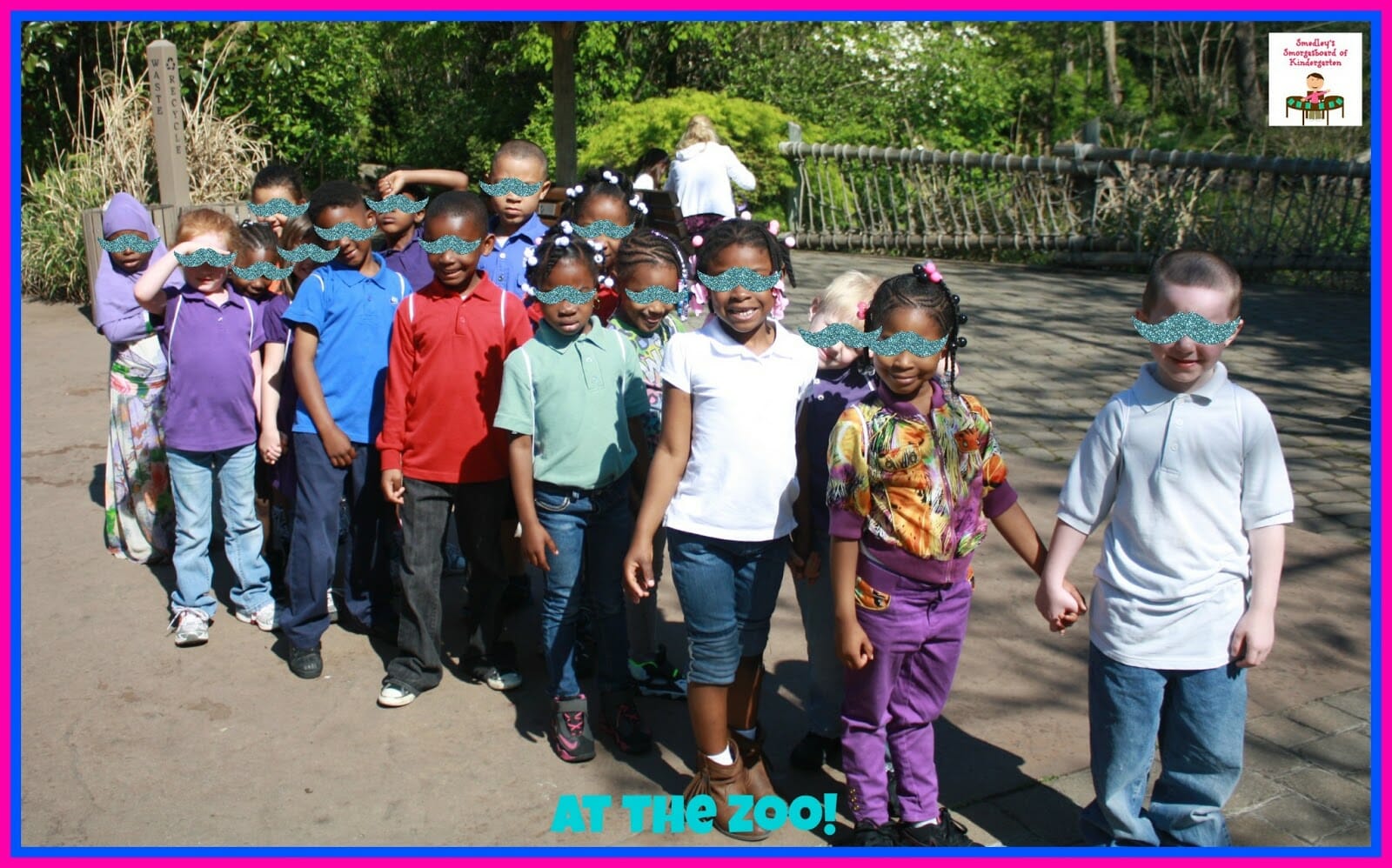 However, seek ways to tweak the routines, because our brains are wired to seek and remember new experiences. Think about your own past. What days in school do you remember? Do you remember the lessons that were commonplace or the ones where the teacher did something different or unexpected? Maybe it was a field trip. Maybe the teacher dressed up in a costume. Maybe it was the day you dissected a frog in biology class. Whatever you remember, it was likely because that day was unlike the rest. As a book I once read on increasing memory noted, “The brain hates boring!” so it tends to forget those experiences (unless it was exceptionally boring, in which case the extreme level of boring made it memorable).
However, seek ways to tweak the routines, because our brains are wired to seek and remember new experiences. Think about your own past. What days in school do you remember? Do you remember the lessons that were commonplace or the ones where the teacher did something different or unexpected? Maybe it was a field trip. Maybe the teacher dressed up in a costume. Maybe it was the day you dissected a frog in biology class. Whatever you remember, it was likely because that day was unlike the rest. As a book I once read on increasing memory noted, “The brain hates boring!” so it tends to forget those experiences (unless it was exceptionally boring, in which case the extreme level of boring made it memorable).
When we experience something for the first time or in a new way, our brains receive a burst of dopamine, often referred to as the “happy hormone” because it is a primary part of our brain’s reward system. In a study published in the journal Neuron (for those keeping score at home, the study title is Absolute Coding of Stimulus Novelty in the Human Substantia Nigra/VTA), UK neurologists presented subjects with neutral images of landscapes, faces, etc. (basically commonplace and boring) while occasionally inserting an “oddball” image that was unusual and out of the ordinary. When these novel images were presented, the participants’ reward centers of their brains were activated and were flooded with dopamine. Without actively seeking a new or unusual situation on their own, the participants were still rewarded by their brains for simply experiencing something new. As educators, we can activate and reward our students’ brains by giving them new experiences as well.
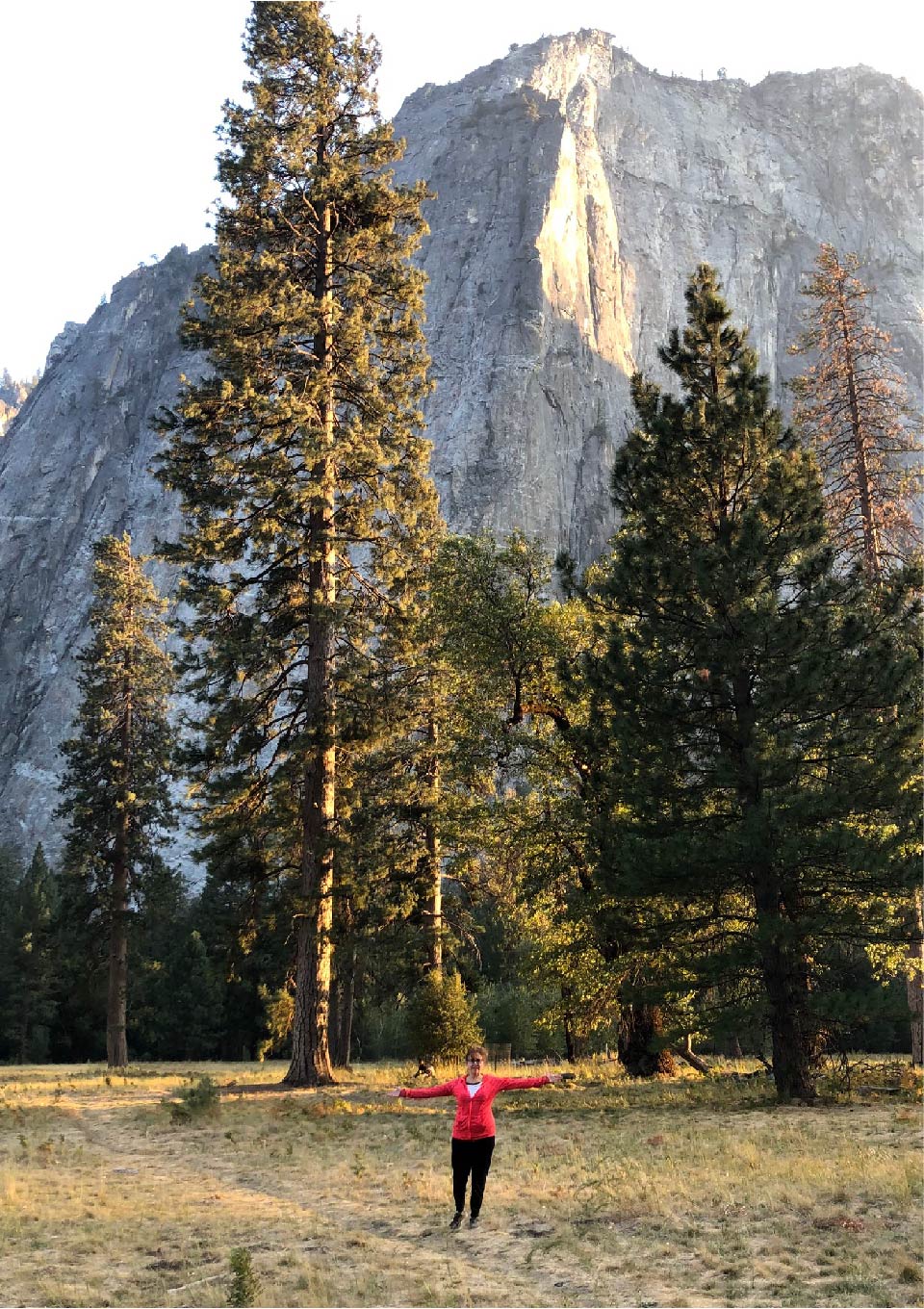 While the study revealed the impact of novelty within our brains, it is something you probably already knew at a personal or subconscious level. Think about your own life and the things you enjoy. Do you like to go on vacation? Do you like to shop? Do you like to read new books, go to movies, or seek new shows to watch on TV? Likely you said yes to at least a few of these, which is all evidence of the brain science of novelty. You enjoy these things because they are new and different, and your brain rewards you for experiencing them. If we humans were truly content with routine, we wouldn’t have a desire to do these things. We’d be happy staying at home, eating the same food every night, reading the same book over-and-over, and wearing the same clothes daily. While there are a few people who might fit this description to some degree, the majority seek novelty and their brains reward them for it. This desire to seek new experiences is what has led us to innovation, exploration, is the driving force behind capitalism, and has allowed us to increase our capacity to learn.
While the study revealed the impact of novelty within our brains, it is something you probably already knew at a personal or subconscious level. Think about your own life and the things you enjoy. Do you like to go on vacation? Do you like to shop? Do you like to read new books, go to movies, or seek new shows to watch on TV? Likely you said yes to at least a few of these, which is all evidence of the brain science of novelty. You enjoy these things because they are new and different, and your brain rewards you for experiencing them. If we humans were truly content with routine, we wouldn’t have a desire to do these things. We’d be happy staying at home, eating the same food every night, reading the same book over-and-over, and wearing the same clothes daily. While there are a few people who might fit this description to some degree, the majority seek novelty and their brains reward them for it. This desire to seek new experiences is what has led us to innovation, exploration, is the driving force behind capitalism, and has allowed us to increase our capacity to learn.
For teachers, understanding the physical actions that are happening in the brains of our students when we introduce novelty can make our teaching so much more effective. Besides elevating the mood of our students (happy students are often better students), the dopamine rush helps to improve their ability to focus and learn. Perhaps best of all, their brains are rewarded for the experience, thus making learning more fun and something they want to continue to do.
Now that we understand the importance of novelty, how do we implement it in our classrooms? Below are some of my favorite ways to add novelty, as these are easy to do without any seismic shifts to your teaching style. The strategies have come from some of the amazing teachers I have been able to observe or learn from, like Adam Peterson of Adam Peterson Education, Hilary Statum of Pencils to Pigtails, and “Mr. Greg” Smedley-Warren of The Kindergarten Smorgasboard, were ones I used in my own classroom or observed from my colleagues. While these are some of my favorites, I encourage you to explore online for many other ways to add novelty to your classroom.
MY FAVORITE WAYS TO ADD NOVELTY TO THE CLASSROOM:
Change the Seating. While most classrooms consist of desks, chairs, and tables, it doesn’t mean that you must use them in traditional ways every day. 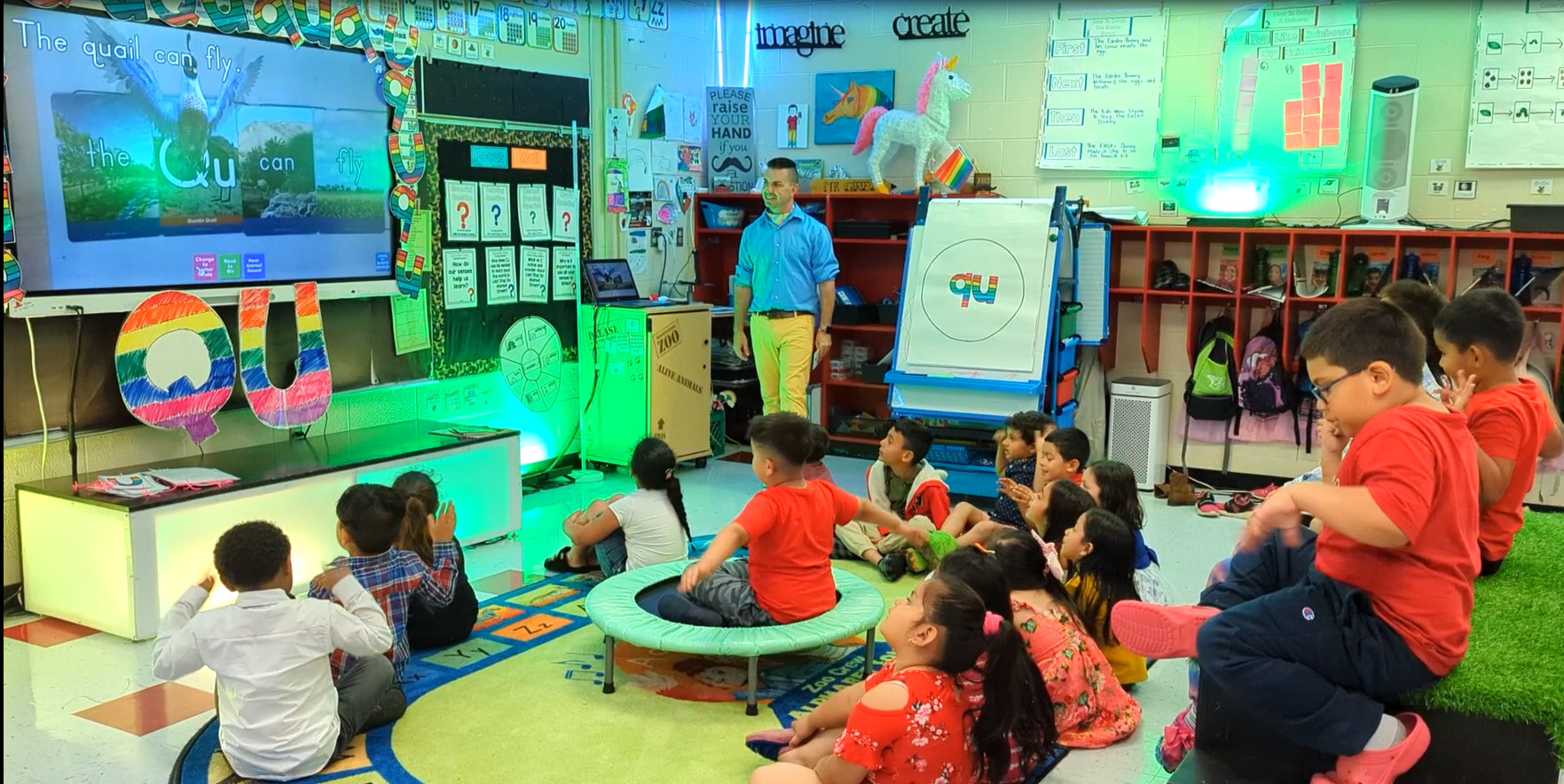 To mix it up, rearrange the seating in a new pattern. Turn your rows into a circle. Put your desks or tables into clusters. If you’re teaching a specific letter or number that day (like the letter “C” or the number “3”), perhaps arrange the tables or desks in that shape. You might consider moving the seats against the wall and sit on the floor for part of the day. (You would be surprised how much my freshmen loved sitting on the floor for lessons.) While visiting Mr. Greg’s classroom, I noticed that his kindergarteners had areas with some sitting on a Rugs alive classroom rug on the floor, some sitting on a raised platform, and one with a special seat atop a mini-trampoline in the middle of the rug. The kids can sit wherever they like, though he does rotate the high-demand areas (like the platform, stage, and mini-trampoline) daily to give everyone a turn. By giving seating options outside the traditional desk or chair, Mr. Greg keeps things fresh and novel.
To mix it up, rearrange the seating in a new pattern. Turn your rows into a circle. Put your desks or tables into clusters. If you’re teaching a specific letter or number that day (like the letter “C” or the number “3”), perhaps arrange the tables or desks in that shape. You might consider moving the seats against the wall and sit on the floor for part of the day. (You would be surprised how much my freshmen loved sitting on the floor for lessons.) While visiting Mr. Greg’s classroom, I noticed that his kindergarteners had areas with some sitting on a Rugs alive classroom rug on the floor, some sitting on a raised platform, and one with a special seat atop a mini-trampoline in the middle of the rug. The kids can sit wherever they like, though he does rotate the high-demand areas (like the platform, stage, and mini-trampoline) daily to give everyone a turn. By giving seating options outside the traditional desk or chair, Mr. Greg keeps things fresh and novel.
Find Alternatives to Traditional Paper and Pencil When Possible. Granted, having students complete traditional worksheets is great for ease of distribution and assessment, but students do it so often that it becomes routine and boring. To mix it up, find unusual ways for students to write their work. Sometimes I would have my students use sticky notes for their answers that they put in various areas of the room, thus requiring them to get up and move, which also increased blood flow to the brain. This was great when I had open-ended questions. I would put the questions around the room, and the students would do a “Gallery Walk” where they moved about the room as if in an art gallery, leaving their answers next to each question. For the little ones, you could have letters around the room and the kids could write or draw something to match the letter, putting their sticky notes next to the letter. Sticky notes are cheap (usually we had several donated to us every year), and the kids loved having their little notepads with them rather than carrying a big sheet of paper.
Adam has a great strategy called “Back Writing” where he has his kids sit in a circle facing their neighbor’s back. Using their finger, they practice writing on their neighbor’s back instead of a traditional surface. I particularly love this strategy, as the students are both writing with their fingers and feeling the letter being written on their backs, activating two different areas of the brain to create multiple memory pathways.
Hilary offers two strategies that I adore. Sometimes she’ll flip her tables  upside down and wrap the legs with paper or plastic wrap, giving the students a different surface on which to write. She’ll also clean her tables with shaving cream, allowing her students to practice writing in the shaving cream before wiping them clean. Giving your students a new memorable experience and getting cleaner tables in the process…it doesn’t get much better than that!
upside down and wrap the legs with paper or plastic wrap, giving the students a different surface on which to write. She’ll also clean her tables with shaving cream, allowing her students to practice writing in the shaving cream before wiping them clean. Giving your students a new memorable experience and getting cleaner tables in the process…it doesn’t get much better than that!
Change Where the Presenter Presents. Whether you are teaching or have a student sharing to the class, mix it up from your normal location. When I taught history in a classroom full of tables, rather than present from the front of the room by my projector screen, I would occasionally jump on a table and teach. Not only did I capture their attention immediately, but they also hung on every word, as they were not used to seeing me teach from up there.
Hilary uses this idea but with her students who are presenting, allowing them to stand on a chair or table as long as she is there to assist them. She will occasionally bring out her rolling chair, allowing her presenter to sit in her “special” chair. I was always surprised with how this simple strategy even worked with my freshmen, as it seems that all ages are enthralled with sitting in the teacher’s chair.
When observing Mr. Greg’s class, I loved how often he would change the direction of his audience during a lesson. One moment he might be at a board on the side of the room, then the next moment he was in a different spot, causing them to have to turn and focus on a new area. Instead of being anchored to a fixed position like a desk or screen, he moved a lot which caused his kids’ brains to stay active and follow his movements.
Wear Costumes and Hats. Kids love to dress up, and they love it when you dress up, too. There’s something special about seeing their teachers out of their traditional, buttoned-up attire, so when you do it, they remember it. When I taught history, I had a collection of costumes like a Roman Centurion, Viking, Shakespearean Lord, and more that I would wear with much fanfare and adoration from my students. 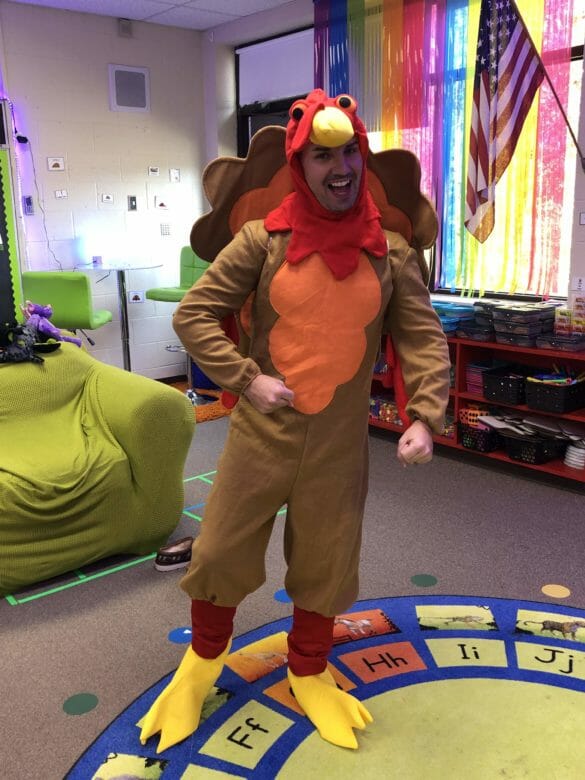 Mr. Greg and Hilary both share in this love for costumes, as they often don a costume or a relevant hat to bring a little extra to their lessons. Peruse their blogs and you’ll see some fabulous pictures of them dressed up to engage their kids. Likely, you already have a few costumes and hats from Halloween parties or a few materials around the house that you can construct into a cheap costume. It doesn’t have to be expensive, just different. (Pinterest is a great place to get ideas for easy-to-make costumes.)
Mr. Greg and Hilary both share in this love for costumes, as they often don a costume or a relevant hat to bring a little extra to their lessons. Peruse their blogs and you’ll see some fabulous pictures of them dressed up to engage their kids. Likely, you already have a few costumes and hats from Halloween parties or a few materials around the house that you can construct into a cheap costume. It doesn’t have to be expensive, just different. (Pinterest is a great place to get ideas for easy-to-make costumes.)
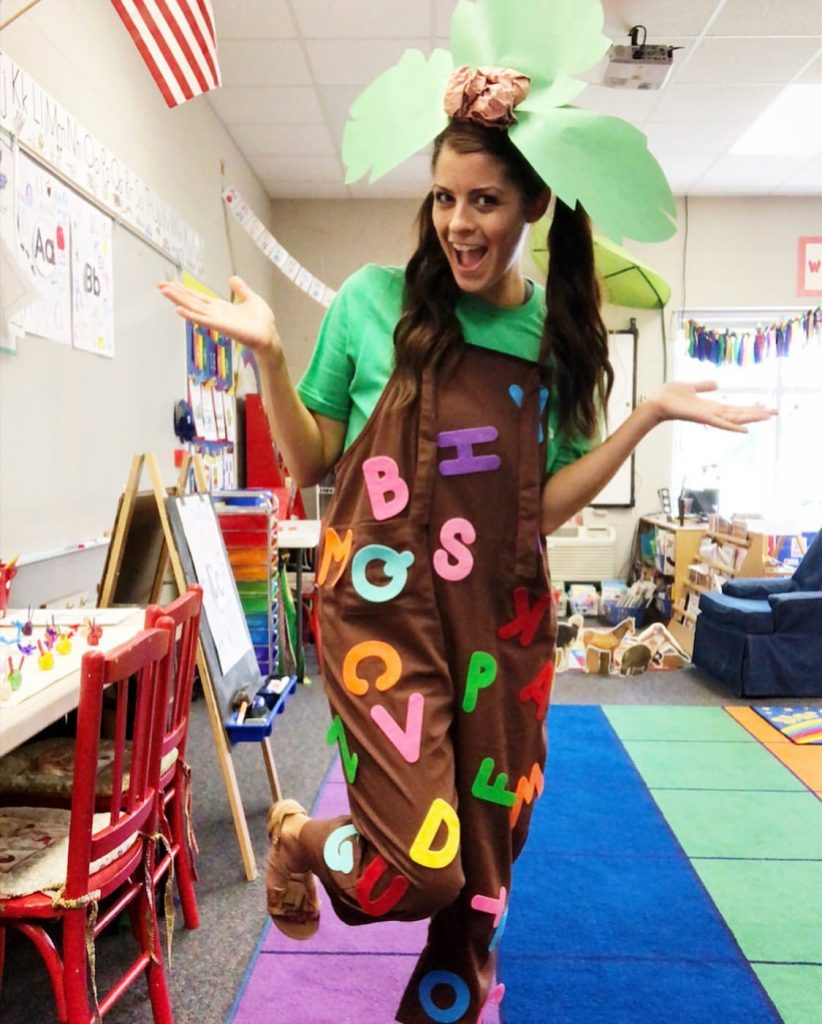 Dressing up is a terrific way to introduce novelty, though having the kids dress up can be even more impactful. While visiting Mr. Greg, he was teaching a lesson on the connection between Q and U in the English language. To illustrate this point in a memorable way, he told the kids earlier that they would be attending a wedding between Q and U and encouraged the parents to let them dress up for the momentous event. It was so cute to see his kids in dresses and bow ties, but more importantly they were learning literacy in a fun way while also gaining some cultural skills about attending a wedding.
Dressing up is a terrific way to introduce novelty, though having the kids dress up can be even more impactful. While visiting Mr. Greg, he was teaching a lesson on the connection between Q and U in the English language. To illustrate this point in a memorable way, he told the kids earlier that they would be attending a wedding between Q and U and encouraged the parents to let them dress up for the momentous event. It was so cute to see his kids in dresses and bow ties, but more importantly they were learning literacy in a fun way while also gaining some cultural skills about attending a wedding.
While trying to dress up a whole class of kids may seem daunting, Adam is the master of doing it on the cheap. To really get his kids engaged with a science lesson, Adam bought a pack of white t-shirts from the clearance section and with a few strokes of a marker he made them look like science lab coats for his students. They loved being scientists for the day, and he was able to use the “lab coats” repeatedly with their science experiments throughout the year.
Get Out of the Classroom. While money and the pandemic have limited field trips, that doesn’t mean that you can’t take a mini field trip in your school. 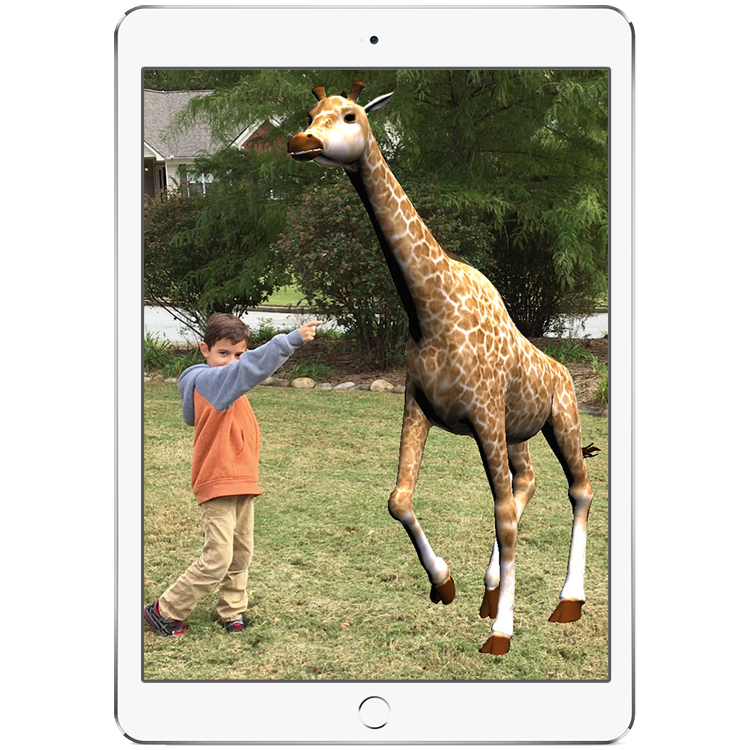 Just getting your kids out of their normal space will do wonders to activate their brains in a novel way. For one of my lessons on exploration, my students and I made flags of European powers and dressed up before venturing throughout the school conquering other classrooms. (I prearranged our conquests with my colleagues beforehand.) Our day spent bursting into other classes and claiming their room in the name of Spain, England, etc. was one the highlights of their year and is often mentioned by my former students who visit me years later.
Just getting your kids out of their normal space will do wonders to activate their brains in a novel way. For one of my lessons on exploration, my students and I made flags of European powers and dressed up before venturing throughout the school conquering other classrooms. (I prearranged our conquests with my colleagues beforehand.) Our day spent bursting into other classes and claiming their room in the name of Spain, England, etc. was one the highlights of their year and is often mentioned by my former students who visit me years later.
Consider the various places in your school where you might be able to go for a lesson. I’ve had colleagues who have taken students outside, to the cafeteria, to an empty conference room, to the auditorium, to the library, to the roof (though I wouldn’t recommend that with the little ones), or just switched classrooms with a colleague for a period or the day. Just getting your students in a new environment will still trigger the dopamine release and the benefits it brings.
Play! Finding ways to incorporate play into your students’ day not only adds novelty to their learning but is great for building relationships and a sense of belonging. 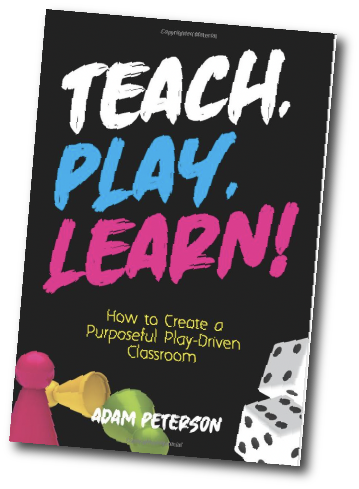 Adam details many of the wonderful benefits of play in his book, Teach. Play. Learn! (available on Amazon), which is a must read for anyone seeking to engage students and bring joy to their classroom.
Adam details many of the wonderful benefits of play in his book, Teach. Play. Learn! (available on Amazon), which is a must read for anyone seeking to engage students and bring joy to their classroom.
An easy strategy for adding a sense of play is to have a dance party. In the drama classes I taught, we had a daily warm-up activity called “Whoosh!” that got the kids moving and served as a physical and vocal warmup. While “Whoosh!” has a set of commands that everyone must act upon, we added “Dance Party!” to the mix, giving my students the ability to initiate a mini-dance party at any time. Our 5-to-10 second dance breaks would always elicit laughter as we tried to come up with new and goofy dance moves, flooding our brains with dopamine every time.
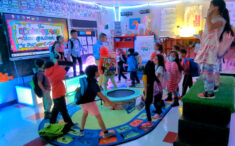 Mr. Greg takes dancing to another level, ending each day with a dance party complete with thumping music and flashing lights. While the dance party is part of his end-of-day routine, he makes it unique by adding in some new music and dancing with the kids. What a terrific way to end the day with his students’ brains gushing those happy hormones as they leave, eager to return for another fun day in his class!
Mr. Greg takes dancing to another level, ending each day with a dance party complete with thumping music and flashing lights. While the dance party is part of his end-of-day routine, he makes it unique by adding in some new music and dancing with the kids. What a terrific way to end the day with his students’ brains gushing those happy hormones as they leave, eager to return for another fun day in his class!
Conclusion
Again, the above are just a few of the many ways you can mix up your routines and add some novelty to your class. There are a wealth of tips and strategies online for adding novelty, and I encourage you to explore the various ways you can activate your students’ reward centers of their brains and flood them with dopamine. And when you find some new strategies, your brain will reward you, too, for the new things you learned!
Looking to Bring Even More Novelty to Your Classroom?
Be sure to check out Alive Studio Zoo’s award-winning products that bring 26 zoo animals to life through augmented reality. With our patented technology, you can teach foundational literacy and math skills while creating an experience unlike anything your students have ever seen. It’s why district admin and superintendents tell us they “were blown away by the technology,” “had never seen anything like it,” and call it “the best purchase we’ve ever made for Early Elementary!” To learn more, check out our short, 2-minute “Wow!” video.
About Chris Dunkel
Chris is a former educator of 17 years, endorsed in History, Theatre, Broadcasting, Graphic Design, Business Education, and Business Technology. Recognized as Teacher of the Year for his school and district, the regional NBC affiliate’s Teacher of the Week, and highlighted by actor and former ESPN personality Roy Firestone as a Teacher Making a Difference, Chris continues to seek innovative ways to help students learn. He is a champion for Alive Studios Zoo, who brings innovative literacy and math instruction to early learners that build solid educational foundations for their continued academic success.

 Over the last nine years, Alive Studios has equipped thousands of classrooms in the United States and 26 other countries with mind-boggling 3D technology that springs learning to life. We take a brain-based approach to learning by catering to multiple learning modalities for maximized engagement! Our novel method of presenting instruction takes children on a magical journey through the Alive Studios Zoo with 26 animals that come alive using 3D Augmented Reality technology.
Over the last nine years, Alive Studios has equipped thousands of classrooms in the United States and 26 other countries with mind-boggling 3D technology that springs learning to life. We take a brain-based approach to learning by catering to multiple learning modalities for maximized engagement! Our novel method of presenting instruction takes children on a magical journey through the Alive Studios Zoo with 26 animals that come alive using 3D Augmented Reality technology. 
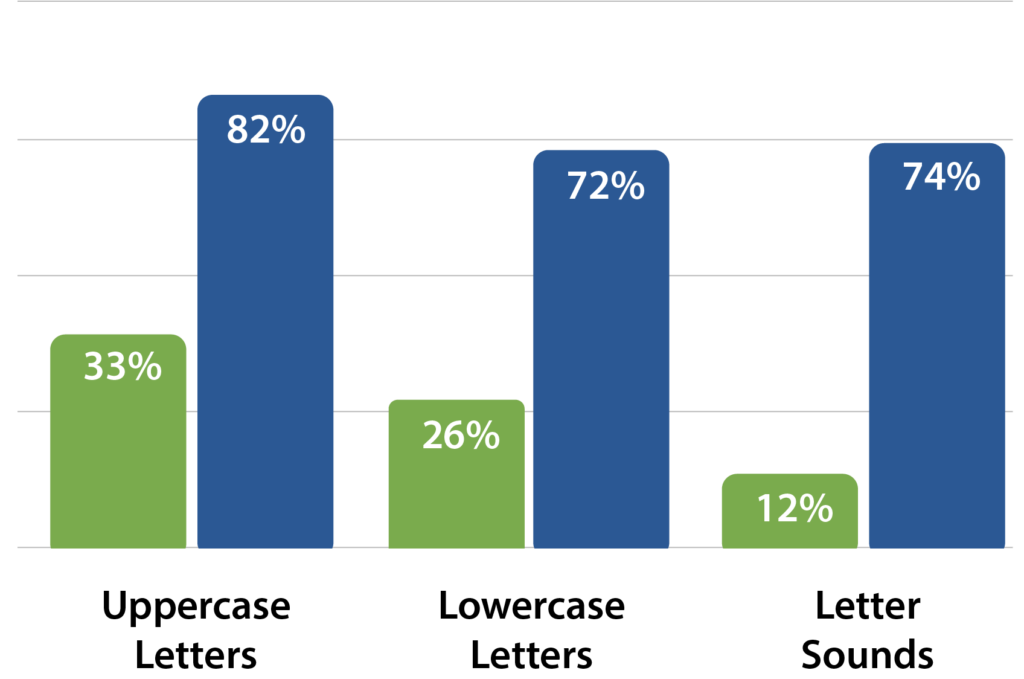


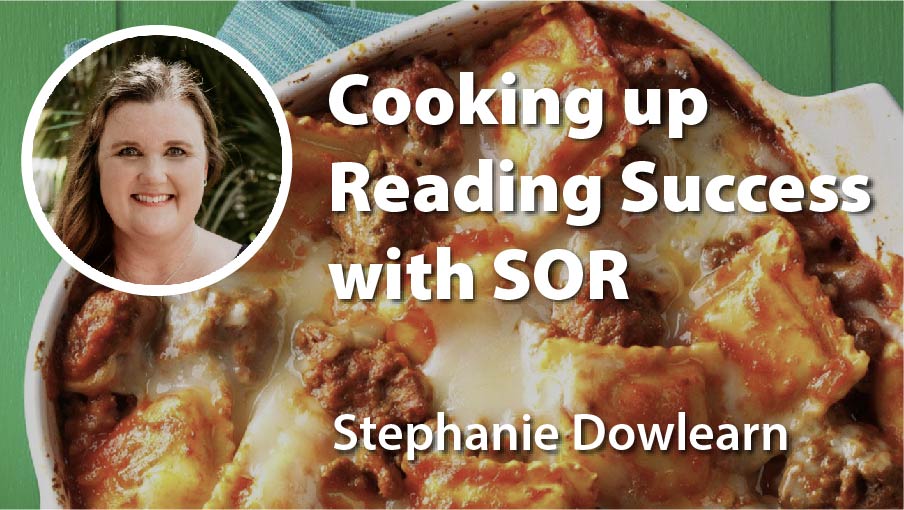
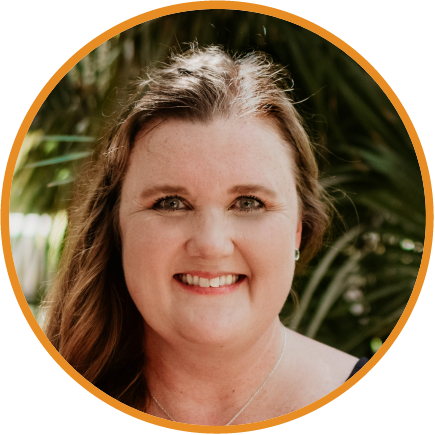
 together that
together that 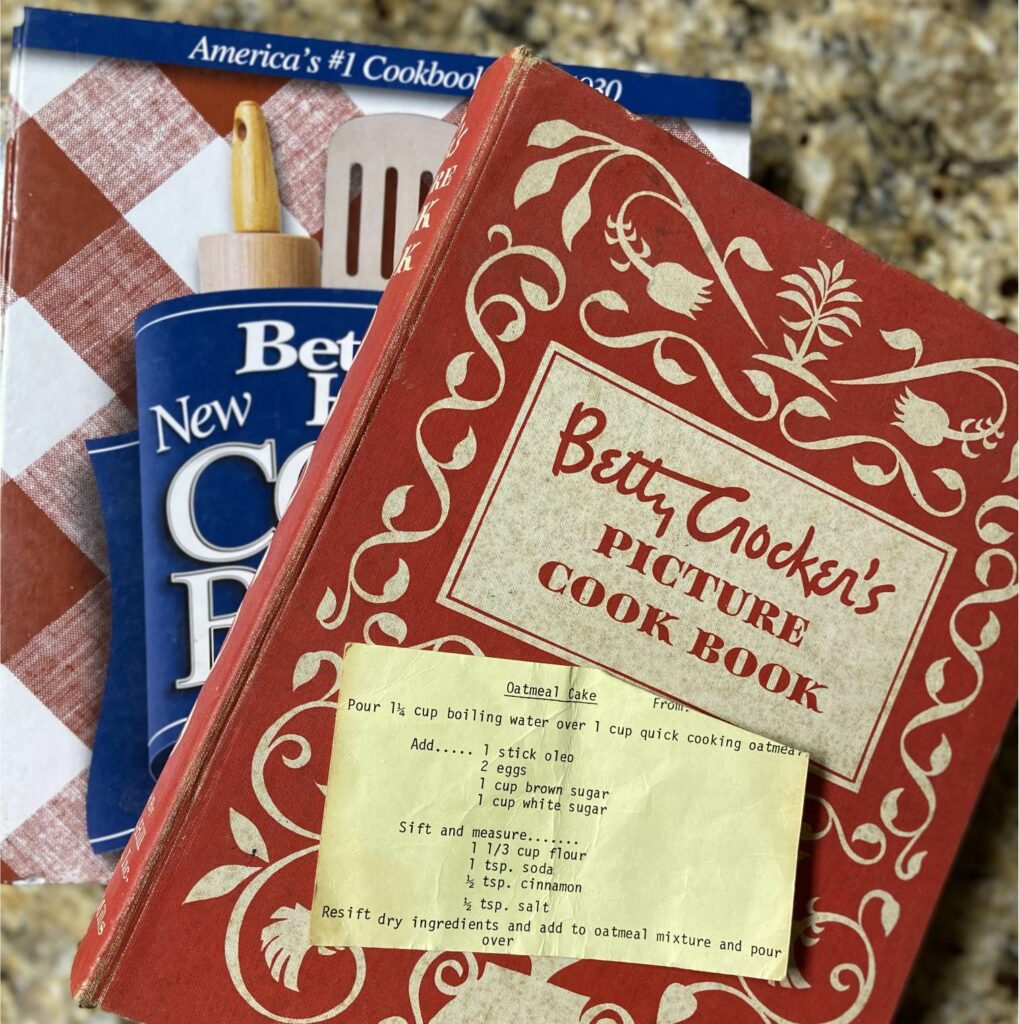 used repeatedly. They are well loved with the remnants of a butter-covered thumb smeared across the print. I know my Mother-in-law’s
used repeatedly. They are well loved with the remnants of a butter-covered thumb smeared across the print. I know my Mother-in-law’s 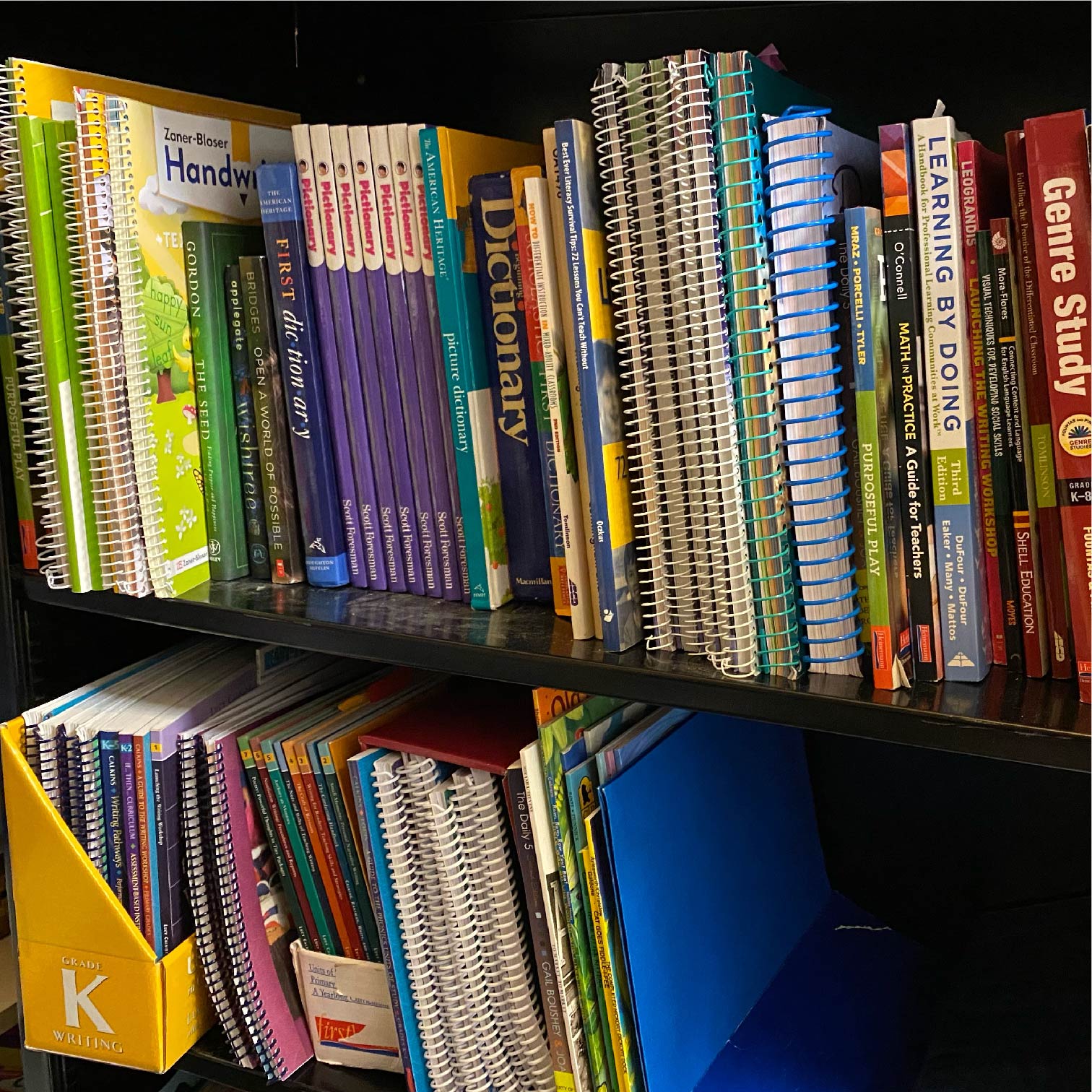 numerous resources that were once the flavor of the year. Millions of dollars are spent year after year trying to find suitable materials to teach reading, and most are collecting dust, still sitting in the plastic wrap like the day they were stored away. Since beginning my teaching career in 1998, I have seen numerous new programs, curriculums, and adoptions come and go as publishers tout that they have the answer for comprehensive reading instruction. I’ve used Open Court, Frog Street Press, Journeys, My View, Words Their Way, Lucy Calkins Units of Study, Fountas & Pinnell, Heggerty, Lexia, and many more. I’ve learned that sometimes the best recipes fail when there are too many cooks in the kitchen, so teachers must remember to keep the recipe for reading simple and use resources that make sense to create effective learning experiences for their students.
numerous resources that were once the flavor of the year. Millions of dollars are spent year after year trying to find suitable materials to teach reading, and most are collecting dust, still sitting in the plastic wrap like the day they were stored away. Since beginning my teaching career in 1998, I have seen numerous new programs, curriculums, and adoptions come and go as publishers tout that they have the answer for comprehensive reading instruction. I’ve used Open Court, Frog Street Press, Journeys, My View, Words Their Way, Lucy Calkins Units of Study, Fountas & Pinnell, Heggerty, Lexia, and many more. I’ve learned that sometimes the best recipes fail when there are too many cooks in the kitchen, so teachers must remember to keep the recipe for reading simple and use resources that make sense to create effective learning experiences for their students.  based concept of learning with animals added a much-needed spice to my reading lessons. The reactions from my students were that of pure joy! Happy squeals and excited giggles erupted as the zoo animals came to life on the screen! My kindergartners were mesmerized by the 3D Augmented Reality that brought the animals to life in our classroom. If you are unfamiliar with AR, it’s a tool that integrates the real learning world with a virtual world created by computer software. Studies have shown that using augmented reality technology in teaching and learning creates a more effective, efficient, and dynamic learning environment which leads to accelerated learning, and I can attest to that! I used the phonics curriculum my school had in place throughout the year, but it was a game changer when I acquired Classrooms alive! Using Classrooms alive to supplement my phonics instruction motivated my students, increased their engagement, and reinforced their learning. It was the perfect ingredient to add to my instructional routine!
based concept of learning with animals added a much-needed spice to my reading lessons. The reactions from my students were that of pure joy! Happy squeals and excited giggles erupted as the zoo animals came to life on the screen! My kindergartners were mesmerized by the 3D Augmented Reality that brought the animals to life in our classroom. If you are unfamiliar with AR, it’s a tool that integrates the real learning world with a virtual world created by computer software. Studies have shown that using augmented reality technology in teaching and learning creates a more effective, efficient, and dynamic learning environment which leads to accelerated learning, and I can attest to that! I used the phonics curriculum my school had in place throughout the year, but it was a game changer when I acquired Classrooms alive! Using Classrooms alive to supplement my phonics instruction motivated my students, increased their engagement, and reinforced their learning. It was the perfect ingredient to add to my instructional routine!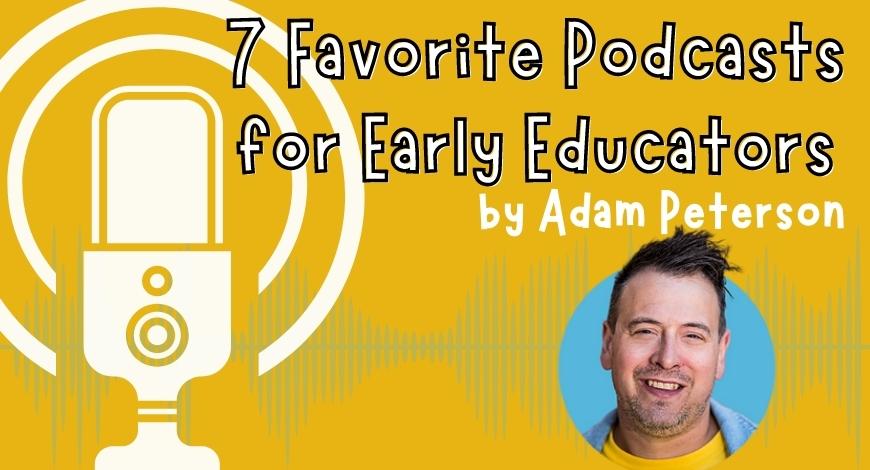

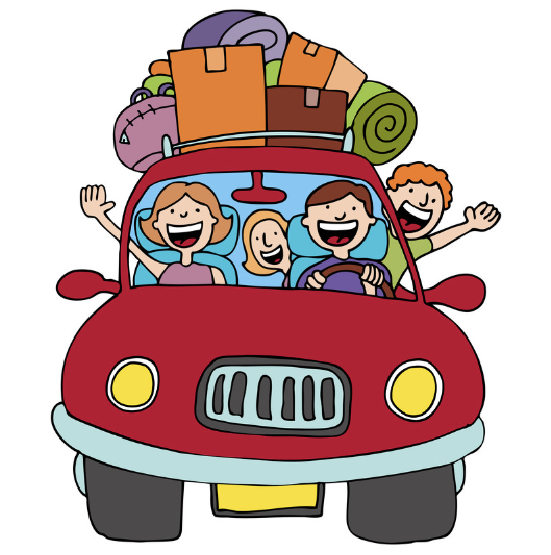
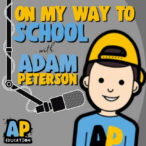
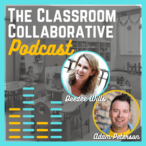

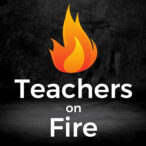
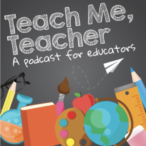
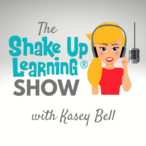
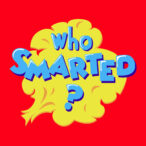
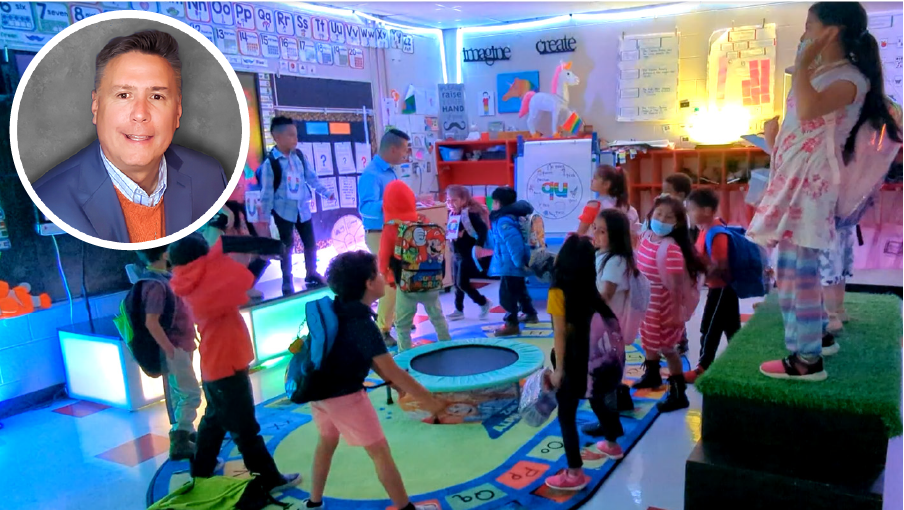

 With the advances in computing and brain imaging technology like MRI and PET machines, now scientists can study a live brain, its growth, and which parts are working when we do different tasks. It’s amazing to think that we’ve learned more about the brain in the past 20 years than in the entire history of humankind!
With the advances in computing and brain imaging technology like MRI and PET machines, now scientists can study a live brain, its growth, and which parts are working when we do different tasks. It’s amazing to think that we’ve learned more about the brain in the past 20 years than in the entire history of humankind! However, seek ways to tweak the routines, because our brains are wired to seek and remember new experiences. Think about your own past. What days in school do you remember? Do you remember the lessons that were commonplace or the ones where the teacher did something different or unexpected? Maybe it was a field trip. Maybe the teacher dressed up in a costume. Maybe it was the day you dissected a frog in biology class. Whatever you remember, it was likely because that day was unlike the rest. As a book I once read on increasing memory noted, “The brain hates boring!” so it tends to forget those experiences (unless it was exceptionally boring, in which case the extreme level of boring made it memorable).
However, seek ways to tweak the routines, because our brains are wired to seek and remember new experiences. Think about your own past. What days in school do you remember? Do you remember the lessons that were commonplace or the ones where the teacher did something different or unexpected? Maybe it was a field trip. Maybe the teacher dressed up in a costume. Maybe it was the day you dissected a frog in biology class. Whatever you remember, it was likely because that day was unlike the rest. As a book I once read on increasing memory noted, “The brain hates boring!” so it tends to forget those experiences (unless it was exceptionally boring, in which case the extreme level of boring made it memorable).  While the study revealed the impact of novelty within our brains, it is something you probably already knew at a personal or subconscious level. Think about your own life and the things you enjoy. Do you like to go on vacation? Do you like to shop? Do you like to read new books, go to movies, or seek new shows to watch on TV? Likely you said yes to at least a few of these, which is all evidence of the brain science of novelty. You enjoy these things because they are new and different, and your brain rewards you for experiencing them. If we humans were truly content with routine, we wouldn’t have a desire to do these things. We’d be happy staying at home, eating the same food every night, reading the same book over-and-over, and wearing the same clothes daily. While there are a few people who might fit this description to some degree, the majority seek novelty and their brains reward them for it. This desire to seek new experiences is what has led us to innovation, exploration, is the driving force behind capitalism, and has allowed us to increase our capacity to learn.
While the study revealed the impact of novelty within our brains, it is something you probably already knew at a personal or subconscious level. Think about your own life and the things you enjoy. Do you like to go on vacation? Do you like to shop? Do you like to read new books, go to movies, or seek new shows to watch on TV? Likely you said yes to at least a few of these, which is all evidence of the brain science of novelty. You enjoy these things because they are new and different, and your brain rewards you for experiencing them. If we humans were truly content with routine, we wouldn’t have a desire to do these things. We’d be happy staying at home, eating the same food every night, reading the same book over-and-over, and wearing the same clothes daily. While there are a few people who might fit this description to some degree, the majority seek novelty and their brains reward them for it. This desire to seek new experiences is what has led us to innovation, exploration, is the driving force behind capitalism, and has allowed us to increase our capacity to learn.  To mix it up, rearrange the seating in a new pattern. Turn your rows into a circle. Put your desks or tables into clusters. If you’re teaching a specific letter or number that day (like the letter “C” or the number “3”), perhaps arrange the tables or desks in that shape. You might consider moving the seats against the wall and sit on the floor for part of the day. (You would be surprised how much my freshmen loved sitting on the floor for lessons.) While visiting Mr. Greg’s classroom, I noticed that his kindergarteners had areas with some sitting on a Rugs alive classroom rug on the floor, some sitting on a raised platform, and one with a special seat atop a mini-trampoline in the middle of the rug. The kids can sit wherever they like, though he does rotate the high-demand areas (like the platform, stage, and mini-trampoline) daily to give everyone a turn. By giving seating options outside the traditional desk or chair, Mr. Greg keeps things fresh and novel.
To mix it up, rearrange the seating in a new pattern. Turn your rows into a circle. Put your desks or tables into clusters. If you’re teaching a specific letter or number that day (like the letter “C” or the number “3”), perhaps arrange the tables or desks in that shape. You might consider moving the seats against the wall and sit on the floor for part of the day. (You would be surprised how much my freshmen loved sitting on the floor for lessons.) While visiting Mr. Greg’s classroom, I noticed that his kindergarteners had areas with some sitting on a Rugs alive classroom rug on the floor, some sitting on a raised platform, and one with a special seat atop a mini-trampoline in the middle of the rug. The kids can sit wherever they like, though he does rotate the high-demand areas (like the platform, stage, and mini-trampoline) daily to give everyone a turn. By giving seating options outside the traditional desk or chair, Mr. Greg keeps things fresh and novel.  upside down and wrap the legs with paper or plastic wrap, giving the students a different surface on which to write. She’ll also clean her tables with shaving cream, allowing her students to practice writing in the shaving cream before wiping them clean. Giving your students a new memorable experience and getting cleaner tables in the process…it doesn’t get much better than that!
upside down and wrap the legs with paper or plastic wrap, giving the students a different surface on which to write. She’ll also clean her tables with shaving cream, allowing her students to practice writing in the shaving cream before wiping them clean. Giving your students a new memorable experience and getting cleaner tables in the process…it doesn’t get much better than that! Mr. Greg and Hilary both share in this love for costumes, as they often don a costume or a relevant hat to bring a little extra to their lessons. Peruse their blogs and you’ll see some fabulous pictures of them dressed up to engage their kids. Likely, you already have a few costumes and hats from Halloween parties or a few materials around the house that you can construct into a cheap costume. It doesn’t have to be expensive, just different. (Pinterest is a great place to get ideas for easy-to-make costumes.)
Mr. Greg and Hilary both share in this love for costumes, as they often don a costume or a relevant hat to bring a little extra to their lessons. Peruse their blogs and you’ll see some fabulous pictures of them dressed up to engage their kids. Likely, you already have a few costumes and hats from Halloween parties or a few materials around the house that you can construct into a cheap costume. It doesn’t have to be expensive, just different. (Pinterest is a great place to get ideas for easy-to-make costumes.) Dressing up is a terrific way to introduce novelty, though having the kids dress up can be even more impactful. While visiting Mr. Greg, he was teaching a lesson on the connection between Q and U in the English language. To illustrate this point in a memorable way, he told the kids earlier that they would be attending a wedding between Q and U and encouraged the parents to let them dress up for the momentous event. It was so cute to see his kids in dresses and bow ties, but more importantly they were learning literacy in a fun way while also gaining some cultural skills about attending a wedding.
Dressing up is a terrific way to introduce novelty, though having the kids dress up can be even more impactful. While visiting Mr. Greg, he was teaching a lesson on the connection between Q and U in the English language. To illustrate this point in a memorable way, he told the kids earlier that they would be attending a wedding between Q and U and encouraged the parents to let them dress up for the momentous event. It was so cute to see his kids in dresses and bow ties, but more importantly they were learning literacy in a fun way while also gaining some cultural skills about attending a wedding.  Just getting your kids out of their normal space will do wonders to activate their brains in a novel way. For one of my lessons on exploration, my students and I made flags of European powers and dressed up before venturing throughout the school conquering other classrooms. (I prearranged our conquests with my colleagues beforehand.) Our day spent bursting into other classes and claiming their room in the name of Spain, England, etc. was one the highlights of their year and is often mentioned by my former students who visit me years later.
Just getting your kids out of their normal space will do wonders to activate their brains in a novel way. For one of my lessons on exploration, my students and I made flags of European powers and dressed up before venturing throughout the school conquering other classrooms. (I prearranged our conquests with my colleagues beforehand.) Our day spent bursting into other classes and claiming their room in the name of Spain, England, etc. was one the highlights of their year and is often mentioned by my former students who visit me years later.  Adam details many of the wonderful benefits of play in his book, Teach. Play. Learn! (
Adam details many of the wonderful benefits of play in his book, Teach. Play. Learn! ( Mr. Greg takes dancing to another level, ending each day with a dance party complete with thumping music and flashing lights. While the dance party is part of his end-of-day routine, he makes it unique by adding in some new music and dancing with the kids. What a terrific way to end the day with his students’ brains gushing those happy hormones as they leave, eager to return for another fun day in his class!
Mr. Greg takes dancing to another level, ending each day with a dance party complete with thumping music and flashing lights. While the dance party is part of his end-of-day routine, he makes it unique by adding in some new music and dancing with the kids. What a terrific way to end the day with his students’ brains gushing those happy hormones as they leave, eager to return for another fun day in his class!